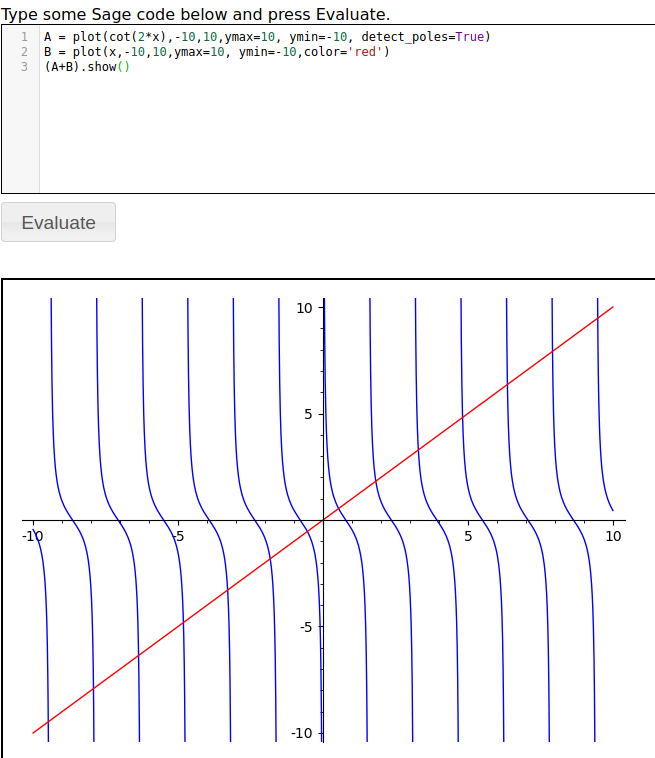Those two roots are both approximations of 0. If possible, you should always seek to solve theoretically and numerically. If the answers agree then you feel confident everything was done correctly. If the answers disagree then you have to look deeper. The roots of the function are when it is equal to 0, so you need to solve the equation (x^2)*cos(2*x)=0. That means either x=0 or cos(2*x)=0. Now cos(x)=0 at +/- (2k+1)pi/2 so cos(2x)=0 at +/- (2k+1)pi/4. Since we're looking for roots over [-10,10], this means our roots are 0, +/- pi/4, 3pi/4,....11pi/4. Your answer +/- 0.7853981633974483,
2.356194490192345, 3.9269908169872405, 5.497787143782152, 7.0685834705770345, 8.639379797371932 are the roots +/- pi/4, 3pi/4,....11pi/4. What's missing is 0. In your search for roots over [-.1,0] and [0,.1] you've found -7.755114791616843e-09 and 7.755114791616843e-09.
You mention inflection points but usually we calculate inflection points by taking the second derivative but from your answers I see you are setting the first derivative equal to 0. Where the derivative is 0 (or undefined) are usually called the critical values. If you rewrite the second answer as x=cot(2x) and think about the graphs of cot(2x) and x and where the intersect you'll get an idea of the number of answers. Try plotting
A = plot(cot(2*x),-10,10,ymax=10, ymin=-10, detect_poles=True)
B = plot(x,-10,10,ymax=10, ymin=-10,color='red')
(A+B).show()
Which looks like:

There is no way to solve that equation analytically. However, since you know where, approximately, the roots are you can use find_root , documentation here to find them. Your first positive solution would be found by, for example, find_root(cot(2*x)-x,.01,.8) to get 0.5384369931559019. What should become apparent is that learning mathematical theory can help you to use SAGE like an expert.


BTW, I was solving for the inflection points of this function and got
[x == 0, x == cos(2*x)/sin(2*x)]x==0 makes sense but how do I find the values of the second part - which would have to be in a range since it's a trig function?